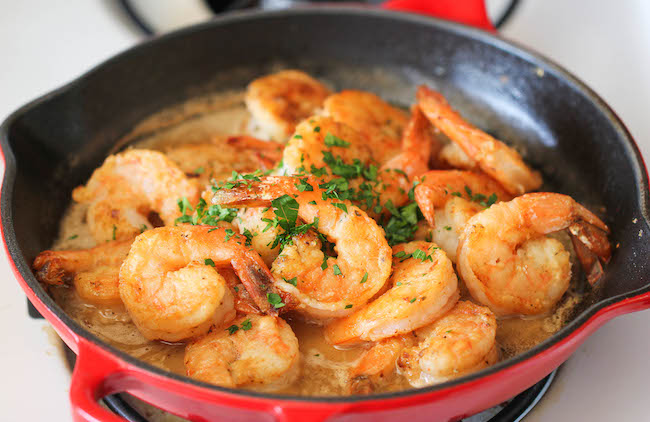As I write this column, I sit in a beach house, hundreds of miles away from Lexington on Edisto Island in South Carolina.
Vacation — yes vacation — is at hand and with it a change of venue which only serves to reinforce the importance of local food systems and the people that work them. There is no fast food on Edisto, no corporate chains or even local restaurant groups.
There are approximately a dozen food outlets including a BiLo grocery store the size of a closet, mostly to serve summer residents who come to the island from May through October. There is ample opportunity to buy local here, including a seafood company, a farmer’s market and a place that’s been growing corn and grinding grits on the island for years.
The local food systems revolve around the restaurants and beach houses that form the center of the island. There are also gardens in just about every back yard you can see, and roadside markets that pop up in late summer to catch tourists coming in at high season. All this is possible on a small island because the history of local foods was never really compromised by development or outside influence.
The same rhythms are followed each season, and the demand remains constant over the years. It’s a perfect system in a vacuum and a glimpse of what can be accomplished if all the elements remain the same.
Of course, they never remain the same elsewhere. You would need to stop time and progress to freeze this image so completely. No one wants to go back, we need to go forward, keeping in mind that much can be learned by what came before and improved upon by what we learn now.
Expanding seasons, cleaning up our food, seeking out the best of the product, not based solely on yield but in a chef’s case maybe more so on color, texture and flavor. Growing in the right environments which may include the outside walls of your apartment building in a major metropolitan area.
And growing the foods of your region, heritage, and in some cases your cultural demographics. On Edisto that means beans, corn, tomatoes, palm melon, cantaloupe and seafood.
Rice in the Carolinas is king, potatoes and all else a distant second. Familiarity with these items is generational and demand comes from predictability and ease of preparation. Adding another item to the growing schedule is dictated solely by demand, which may come more from Charleston as the food center of South Carolina, and may introduce the item through a third party with working experience in the fields and in the kitchens of another place.
That leaves us more conflicted than before as we seek in one step to preserve our food heritage, but with another step we must invariably move forward so that we stay current with demand. That is why chefs innovate and collaborate with farmers and fishermen and growers, to stay afloat.
And if one boat floats the others have a chance to rise with it. Leaving us on an island like Edisto, which continues to do just fine, thank you.
A new store for the local grit mill, boats off the shore every day, bringing beautiful shrimp and seafood in, and best of all restaurants and shops selling it all, just like they always do, to people from all over the country who come here for the peace, and quiet, and everyday life of a place that doesn’t change.
Make no mistake about it, the south likes fried foods, but they do it awfully well. There are also options that stem from superlative seafood, ripe peaches, tomatoes and cucumbers, and melons that seem to radiate a honeyed sweetness not matched by many I have had elsewhere.
The corn on the island was outstanding, and a treat to have just with melted butter as the water it was cooked in was slightly salty from the start. A fish sandwich that could have been buried under a soggy crust came crisp and crackling to the table, fresh flounder that was sweet and tender.
We had small shrimp, sautéed in butter, tomato sandwiches on the beach, and deep dish coconut pie (did I mention I’m on vacation?) that doubled as a midnight snack.
It was the essences of eating in situ, and like it’s scientific meaning, it was meant to conserve a bit of Edisto Island with us as we head back in the next few days.
John Foster is an executive chef who heads the culinary program at Sullivan University’s Lexington campus. A New York native, Foster has been active in the Lexington culinary scene and a promoter of local and seasonal foods for more than 20 years. The French Culinary Institute-trained chef has been the executive chef of his former restaurant, Harvest, and now his Chevy Chase eatery, The Sage Rabbit, in Lexington.



























